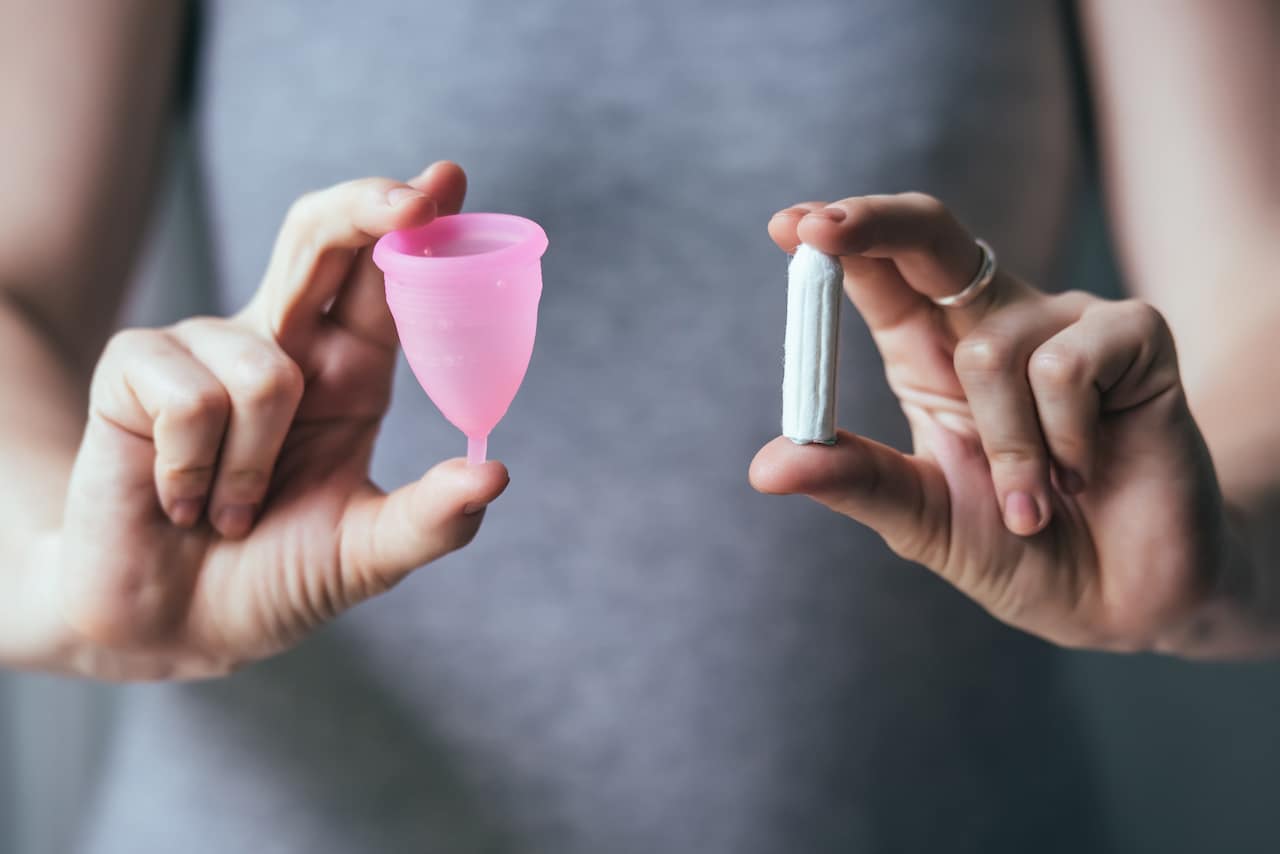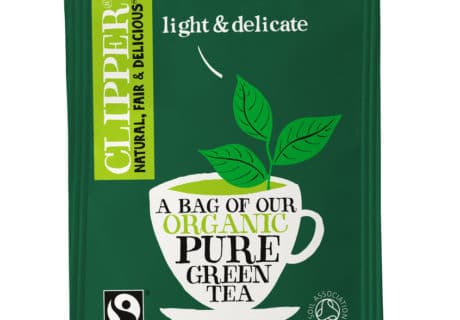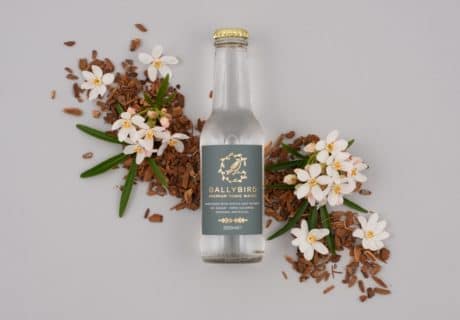Menstrual cups have been given the thumbs up with the release of a new report published in The Lancet which declares the reusable cups as a ‘safe option for menstruation management’.
The researchers analyzed 43 studies spanning more than 3,300 participants, comprised of women and girls living in both affluent and poorer countries.
Despite identifying several common concerns among new users – pain or difficulty inserting or removing the cup, as well as leakage and chafing – the review found that complications were minimal, and use of the cup ‘showed no adverse effects on the vaginal flora’ [507 women across four studies].
Few good quality studies exist that compare sanitary products
With regards to leakage, four studies made ‘direct comparisons’ between cups and disposable tampons or pads, concluding that leakage was similar in three studies, and ‘significantly less’ in one study.
Further, across 13 studies the review found that 73% of participants ‘wished to continue use of the menstrual cup at study completion’.
Lead author Professor Penelope Phillips-Howard, from the Liverpool School of Tropical Medicine, comments that better access to advice and evidence is needed in order for women to make informed choices. “Despite the fact that 1.9 billion women globally are of menstruating age – spending on average 65 days a year dealing with menstrual blood flow – few good quality studies exist that compare sanitary products.”
Buy one, give one
Ruby Cup – a brand with a ‘buy one, give one’ programme designed to benefit women and girls who don’t have access to menstrual products – tells NPN it welcomes the news. “It’s great. It’s lovely to have the scientific backing. It’s not just us saying it … it’s a really well-regarded publication. We’re thrilled,” says Djanira Cortesão, head of marketing.
“It would be great if it could affect policy. There’s a lot more awareness of period poverty and the fact that it’s not just developing countries – we have it in Britain. We’ve got women and girls who can’t afford period protection and there are all these programmes in place which are fantastic, but they’re not offering cups … they’re offering tampons and sanitary towels. It would be even better if they could offer cups as well. I’m hoping that as well as [increased] sales … it will help with policies.”
Cortesão explains that Ruby Cup’s ethos is heavily centred around social responsibility. On its website, the brand states: “For every cup we sell, we’ll donate one to a girl or woman without access to menstrual care products. A girl whose life will be drastically improved by this simple act of giving.”
While Ruby Cup is open to extending this to the homeless community, the practicalities aren’t straight forward, says Cortesão, highlighting that unless the right approach is adopted from the start, the initiative won’t last. “We’ve looked into it … we’re still open to it [but] one thing that homeless organizations have told us is that it’s very difficult for women who are homeless to keep hold of things … even though a cup is small and it has a little pouch, they say it’s difficult for them to keep belongings safe and to keep track of them. Often homeless people are struggling with other issues – maybe they have mental health or drug-related problems.
“With our donation programme we always work with an organization that is already working with the population to understand. You need to get into the community. In Africa we work with all levels of the community, because if the elders don’t agree, it’s not going to be used, or if the mums aren’t on board or if the men aren’t on board, there’s no point. It’s the same with any population; it’s the same with the homeless.”
But where refugee camp communities are concerned, Cortesão’s reports success. Working with organizations such as Care and UNHCR in countries like Angola and Uganda, Ruby Cup has been able to run trial programmes to gauge how much the cups could benefit menstruating refugees who have often arrived in camps without any possessions or money. Not only were these trials successful, she says, but sanitation concerns had been easier to overcome than anticipated. “It was less of an obstacle than we thought,” she says, explaining that maintaining good cup hygiene ‘doesn’t need as much water as you would think’.
“You just need to rinse the cup in between [use] and then at the end of the cycle or the beginning of the cycle you boil it for five minute. It just needs a tiny bit of water compared to how much water you would need to wash a pad or reusable cloth.”





